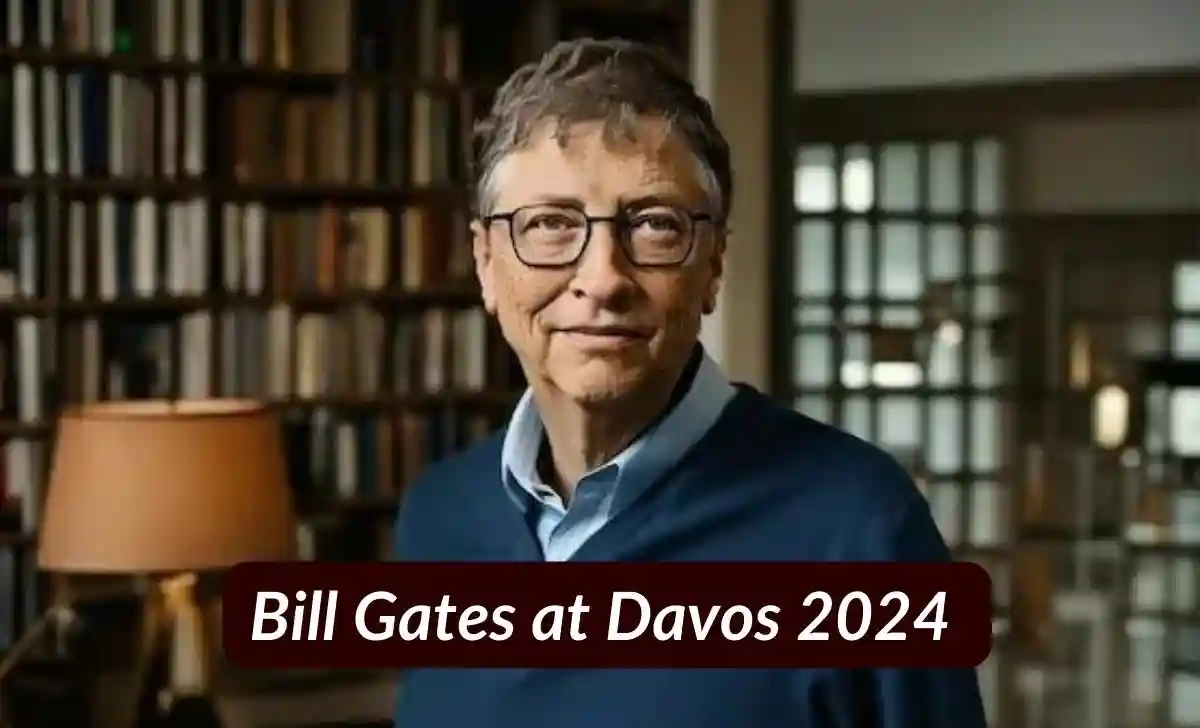Raamdeo Agrawal’s Insights on Q3 Numbers, Market Trends, and Future Prospects
Unlock market insights with Raamdeo Agrawal! Explore Q3 numbers, market trends, and future prospects in this exclusive interview. #RaamdeoAgrawal #MarketAnalysis
Introduction:
Renowned market investor Raamdeo Agrawal, co-founder of Motilal Oswal Financial Services, recently shared valuable insights in an exclusive interview with ET Now. The discussion covered a wide range of topics, including quarterly numbers, the outlook for small and midcap stocks, and the impact of current market trends on capital market-focused businesses like Motilal Oswal Financial Services.
Market Overview:
Agrawal began by acknowledging the exceptional performance of Motilal Oswal Financial Services in the recent quarter, citing all-time highs in various aspects, such as operating metrics, mark-to-market, assets under advisory, and assets under management. He attributed this success to the ongoing trend in the capital market, emphasizing that the experience for the larger masses has been positive, with substantial returns seen post-COVID.
Digital Onboarding and Market Expansion:
The interview delved into the transformative shift in the capital market outlook, with digital onboarding enabling investors to open accounts and start trading within minutes. Raamdeo Agrawal highlighted the vertical growth in the capital market, evidenced by the significant increase in demat accounts from 30-40 million to 144 million. He emphasized that this influx of funds is likely to stay, contributing to the wealth effect and potentially boosting the country’s GDP growth.
Predictions for Capital Market Business:
Discussing the quarterly numbers, Raamdeo Agrawal expressed optimism about the horizontal expansion of the capital market business. He acknowledged the momentum in the market, driven by upcoming budget announcements and elections, predicting a continued positive trajectory. While he acknowledged potential slowdowns during market downturns, he emphasized the current positive momentum and the addition of a substantial number of new accounts.
Also Read:
- Samir Arora Discusses Indian Market Trends
- Sony-Zee Entertainment Merger Fallout
- Navigating Bull Markets With Madhusudan Kela
Challenges in Brokerage Business:
Addressing concerns about increasing competition and reducing yields in the brokerage business, Raamdeo Agrawal explained the dynamics of the industry. He highlighted the rapid growth in the number of customers but acknowledged the challenge of maintaining yields as the business becomes more option-oriented. Despite this, he noted that efficient cost control has led to margin expansion, and the coming year is expected to see a strong capital market, particularly with new listings and IPOs.
Raamdeo Agrawal’s Outlook on Banks:
Agrawal provided insights into the challenges faced by banks, particularly in the context of a competitive landscape and limited pricing power. While retail loan demand remains strong, he noted concerns about the limited pricing power and potential compression in Net Interest Margins (NIM). He suggested that the market is currently apprehensive about the impact on Return on Tangible Assets (ROTA) and emphasized the need for banks to adapt to changing dynamics.
Diversification in Portfolio:
The interview touched upon Motilal Oswal’s evolving investment strategy, highlighting the addition of diverse names in manufacturing and energy to their portfolios. Agrawal explained the shift towards consistent performance and risk management, aiming for 3-5% outperformance rather than extreme highs and lows.
Future Growth and Market Predictions:
In the concluding segment, Raamdeo Agrawal shared his optimistic outlook for the Indian market, drawing parallels to the 1992 bull market. He emphasized the combination of strong fundamentals, economic resurgence, and massive liquidity influx, creating an uncharted trajectory for the market. While acknowledging higher valuations, he predicted a robust five to ten years for the market, with the potential for significant wealth creation.
Conclusion:
Raamdeo Agrawal’s insights provide a comprehensive overview of the current market scenario, shedding light on key trends, challenges, and growth prospects. As the market continues to evolve, investors can benefit from these strategic perspectives to make informed decisions in the dynamic financial landscape.
Raamdeo Agrawal’s Insights on Q3 Numbers, Market Trends, and Future Prospects Read More »









